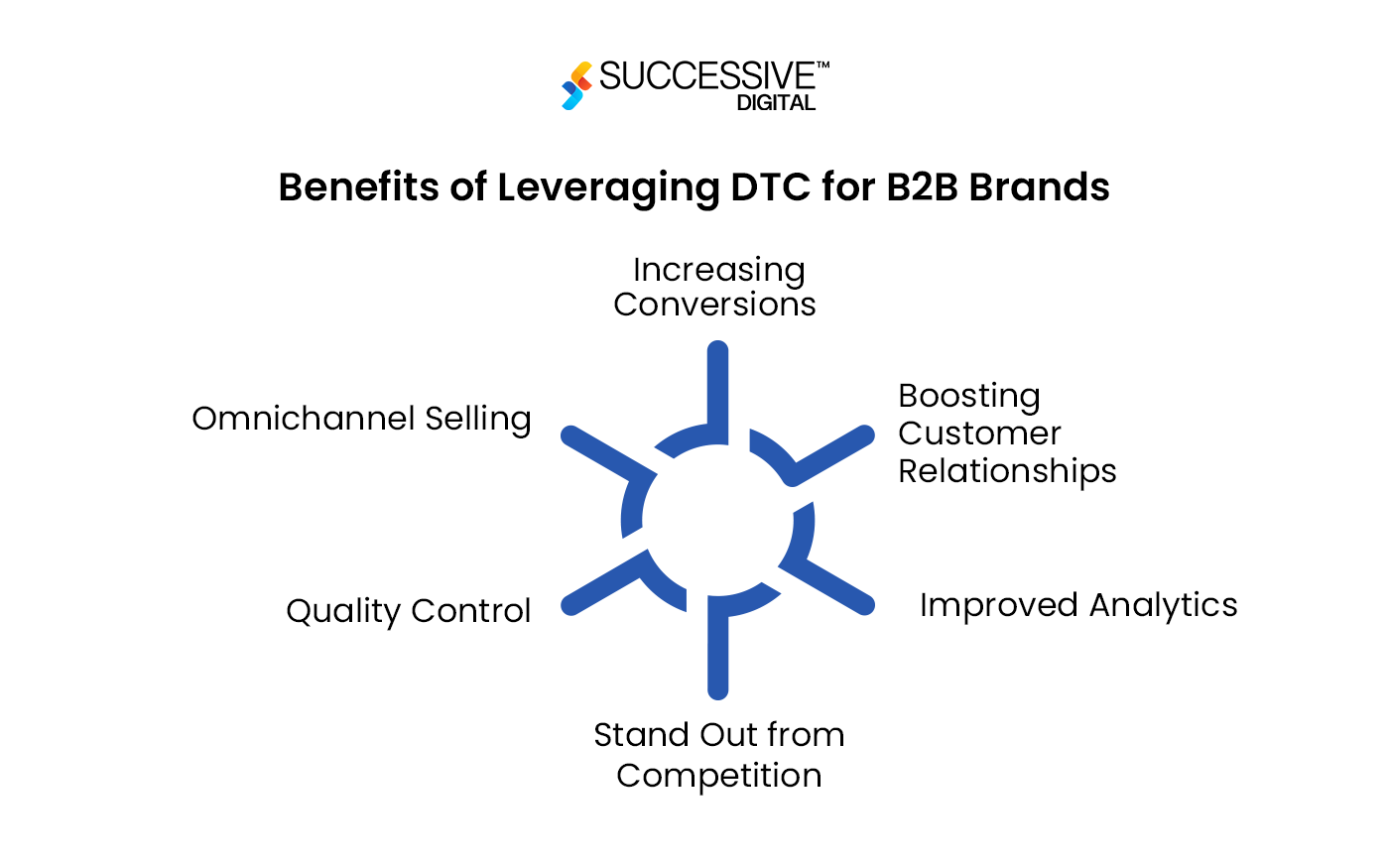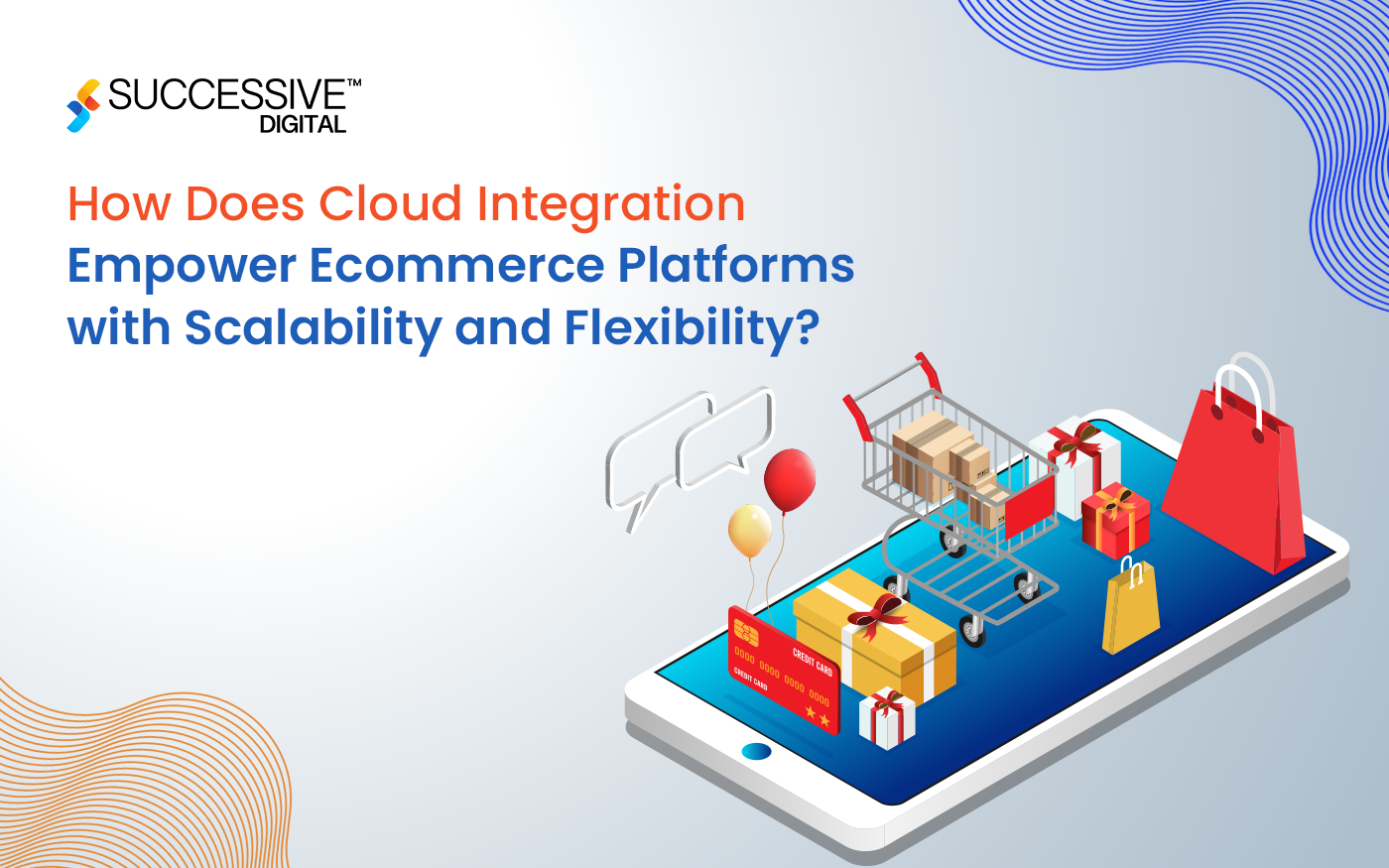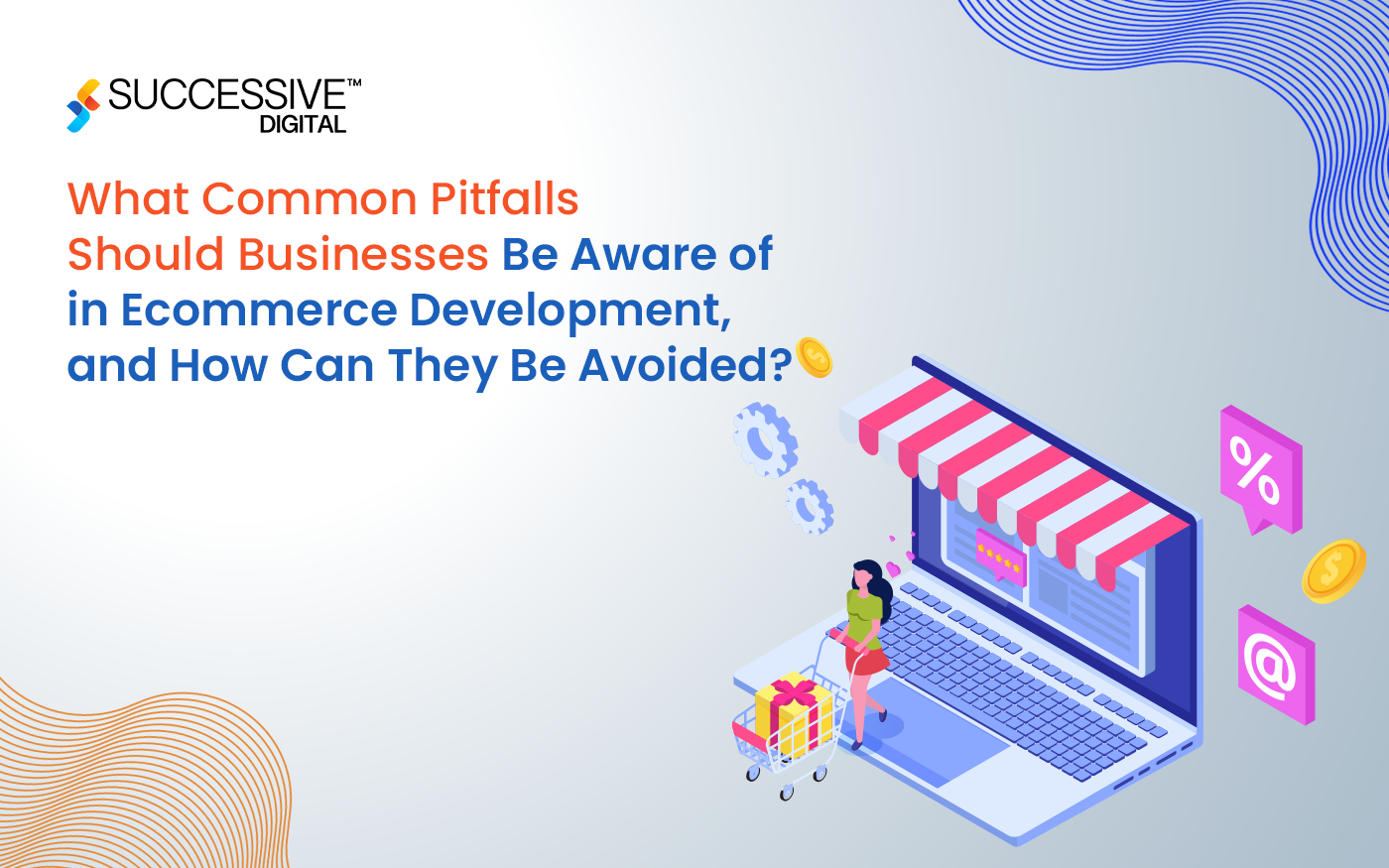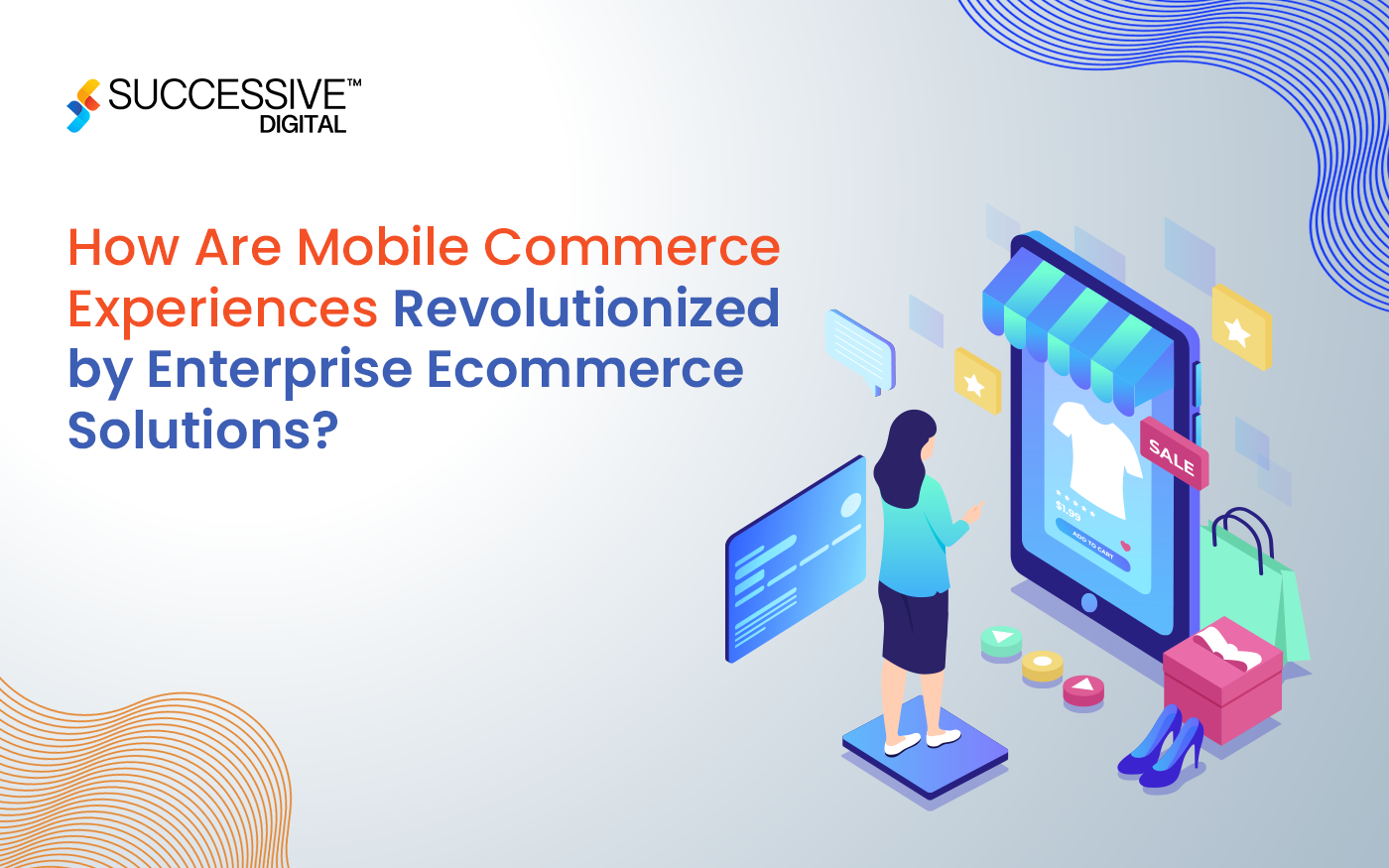Your direct-to-consumer (DTC) brand is thriving, with a loyal customer base. But what about your B2B eCommerce business? It might still be lagging behind. It’s crucial to make it more consumer-friendly, as studies reveal that 90% of B2B buyers expect a personalized experience. Failing to meet this expectation could result in your B2B buyers switching to a competitor who offers a more satisfactory customer shopping experience. In this scenario, DTC-ifying your B2B experiences can help. This will help you treat your B2B buyers the same way you do in the DTC model.
Understanding DTC-ifying the B2B Experiences: DTC for B2B Brands
Building a DTC experience for your B2B buyers means offering them a more personalized customer experience. In other words, DTC-ifying the B2B experiences means eliminating the gap between the digital shopping experience and traditional B2B purchasing methods.
That could include providing more customized options, offering better discounts, faster shipping, and tailored checkout options. The idea is to understand the unique demands of the B2B buyers and provide a tailored solution that can meet them.
Additionally, the modern-day B2B eCommerce space is becoming more consumerised. Studies show that about 73% of B2B space is dominated by the millennials. And we know that millennials are the age group that grew up with technology and hence expect a personalized and frictionless shopping journeys.
This is the reason why bringing the DTC experience into the B2B space is now crucial more than ever.
Benefits of Leveraging DTC for B2B Brands

B2B companies have started facing massive challenges, such as the fear of losing their customers to competitors because of missing personalization and dissatisfactory customer experience. Therefore, DTC for B2B brands has gained extreme popularity and offers various benefits that can help these brands improve customer eCommerce experience. Let us discuss them in detail below:
-
Increasing Conversions
Perhaps your business can win more customers and increase conversions with an exceptional B2B buying experience. This means building a DTC-style functionality and providing customers with a shopping experience they demand. A personalized buying experience allows you to better connect to your existing buyers and encourage them to place repeat orders. With repeat orders, you get a chance to increase conversion rate and bring in more sales for your business.
-
Boosting Customer Relationships
Knowing more about your customers helps to create the right discounts, promotions, messaging, and recommendations. With DTC experience, you no longer need to rely on speculation or hearsay from another business. Instead, you can analyze and incorporate the accurate data collected straight from your B2B buyers.
When brands start to show relevant ads and promotions, more customers will come on board and complete purchases. Now, you can show targeted ads to your customers and send personalized messages that are more relevant to their unique needs.
This can help improve customer relationships, increase sales, and enhance customer loyalty.
-
Improved Analytics
By providing a DTC experience, businesses can build closer relationships with their customers and deal directly with them instead of keeping multiple middlemen, which often increases operations time, leading to delays and dissatisfaction. Dealing directly with potential customers will help you gather more insights and analytics, which you can utilize to improve your offerings.
Direct-to-customer-based operations models enable you to leverage pivotal, real-time data to understand buyer behavior, business performance, and product demands. The data will enable you to make informed decisions, prevent chances of understocking/overstocking, and forecast better.
Additionally, you can utilize a robust customer data platform to gather actionable insights straight from B2B buyers, improve your products and services, and tailor the customer eCommerce experience that leads to repeat business.
-
Stand Out from Competition
Merely running an online website is no longer sufficient to meet B2B buyer’s needs. A McKinsey study says that “maximum customers now want more personalization, more convenience, and consistent omnichannel experience. And if they don’t get it, they are happy to take their business elsewhere.”
By implementing the DTC model, you can offer customers just what they want, as they want, and wherever they want. Once you start meeting their unique needs, you can position yourself above your competitors.
-
Quality Control
Do you know that sometimes third parties damage the goods but still ship the product to the buyer? The buyer receives a faulty product and blames the manufacturer. Such instances can directly impact your brand image and reputation. This is why DTC-ifying your B2B operations is important.
Selling directly to your B2B buyers will help you ensure the quality of your product, pricing, and packaging are in sync with your standards. When you choose to offer the DTC experience to your B2B buyers, you can control the condition in which customers receive the product.
Switching to DTC models enables you to maintain transparency as to when the product order was placed, when it was shipped, when the delivery partner picked it up, and when it was delivered. Though the middlemen are still there, the DTC business model introduces a clear-cut process to improve product quality and quality delivery processes. This way, you can interact better with the customers and ensure a more improved customer experience.
-
Omnichannel Selling
By offering a DTC experience, you can smoothly facilitate omnichannel selling and reach customers across multiple touchpoints. This means your buyers can browse across any channel, purchase from any of them, and even return a product on any of them. Similarly, you can target and access customers anywhere you prefer. The interconnected ecosystem lets you track and engage with customers anywhere.
Plus, the collected data from different channels gives you better insights into how buyers interact with your brand. This will enable you to deliver a consistent and integrated B2B customer shopping experience.
What Features B2B Space Needs to Build the DTC Experience?
-
Customization
eCommerce, not only for B2C but also for B2B space, is on the rise. Hence, giving the same DTC experience to B2B buyers can help improve your ROI. This means implementing end-to-end customization and providing a personalized shopping experience at every touchpoint.
Here are some features you can cover up under this umbrella:
-
Customized Product Catalog
Customizing the products and pricing your customers see online will make or break the deal. The buyers will spend less time on your site and will be working with many suppliers. Hence, displaying customer-specific product information, pricing, inventories, and payment terms will improve their buying experience and help them engage better with your brand.
-
Custom Branding and Design
Branding plays a very important role in the B2B space, too. By DTC-ifying your B2B operations, you will be in control of your branding operations and can design your store in such a way that it aligns well with your brand image. This way, you can target the customers better, provide a more tailored experience, and enhance customer satisfaction.
-
Multi-currency and Multi-language Options
The modern B2B eCommerce domain is not limited to your regional location. It is globalized, and hence, to meet global B2B needs, you need to provide them with a DTC-style, cross-border B2B experience. To do so, you will require multi-currency and multi-language support for your website. Hire a professional eCommerce development company that will utilize a robust B2B eCommerce platform to build these capabilities and help with language and currency localization and dynamic content updation for all your domestic as well as international customers.
-
Self Serve and Automation
In the times where your B2B buyers expect a personalized customer experience, offering them a self-serve buying option would be like a cherry on the cake for them. It will help in solving the major sales issue without having them to contact sales team for making the purchase order. Remember that the easier it is to buy from you, the more are the chances they will stay loyal to your brand.
With self-serve functionality, you are offering them a DTC experience where they can take control of buying items whenever they want and manage their own account with access to their specific pricing, products, payment terms, and more.
Additionally, you can automate the entire process by adding the following features:
-
Payment Reminder
Unlike the DTC model, payments in B2B eCommerce take place at a later stage, and it can be complex to remember each due payment when you have multiple orders in line. When you offer them a DTC experience, you can ease this issue and set up a payment reminder feature that sends recurring reminders to B2B buyers for due and overdue payments.
-
Easy Reordering
You obviously want your customers to continue purchasing from your brand. With automation, you can allow them to duplicate past orders, make edits, and complete checkout in just a few clicks. This will streamline the order placement process and encourage repeat purchases.
-
Editable Account Information
Speed up the internal buying process and make it easy for customers to manage and edit their account information. You can also incorporate permission levels for multiple customers, so only those with admin permissions can change key information.
-
Custom Checkout and Payment Flexibility
Building a custom checkout process is not just the demand of B2C parties; it is now also demanded by B2B buyers. They want a faster checkout process and multiple payment options that best suit their region-wise requirements.
Do you know that most cross-border B2B transactions often fail and lead to company losses due to limited payment options?
For example, a B2B buyer in the USA would prefer PayPal and Apple Pay to make payments. However, the one in the UK would want Adyen to complete B2B eCommerce transactions. Providing a DTC experience means building a custom checkout experience that provides customers with a single-page checkout and multiple payment options to choose from.
Additionally, to build a full-fledged checkout process, you can utilize BigCommerce. It is the ideal B2B eCommerce platform that provides extensive capabilities to build a fully customized B2B checkout page. Plus, it will also allow the BigCommerce development company to integrate more than a hundred of payment gateways to streamline cross-border B2B transactions.
Also, check out this blog on creating custom checkout experiences with BigCommerce and understand platform’s capabilities for building a streamlined payment process.
Modern B2B Buyers Prefer DTC Experience
The reality is that B2B buyers are personal purchasers, too. The customer experience they receive when they shop from a DTC brand is commendable and personalized.
They expect the same when operating in the B2B eCommerce space. They want to deal and make purchases directly with the manufacturer instead of dealing with a scenario where multiple middlemen are unnecessarily involved.
They also want a personalization touch in their customer journey so that they can feel valued and heard instead of a static experience that the traditional B2B commerce model relied on.
In a nutshell, DTC for B2B brands is a strategic approach that can help you overrule the existing competition and provide a tailored customer shopping experience across every possible touchpoint.
Final Verdict
The B2B space is becoming consumerized as B2B buyers are longing for the same experience they get when they facilitate personal purchases. Hence, it has become imperative to provide the DTC experience and personalize the B2B buyers’ journey. By DTC-ifying the customer eCommerce experience, you can meet their unique demands better and build a stronger customer relationship, which is important for thriving in this domain.
Additionally, you can hire a professional eCommerce web development company, such as Successive Digital. Our team will help in developing a DTC experience for your B2B storefront. We will add features such as self-serve and automation, payment flexibility, and a custom checkout process so that you can provide the DTC treatment your customers expect.












